
Starting June 1st, 2023 Our warehouse fee will be $0.65/cubic foot per month
In effort to lower the warehouse storage fee during inflation, we have went narrow aisle racking.This construction took us four months but the project is finally completed. With narrow aisle racking, we are able to drop storage by 24%.We as partners will go through this inflation together.
01/01/2024
If you work in the shipping industry, you're likely familiar with TEU, which stands for Twenty-foot Equivalent Unit. It serves as a standard measurement for a container's cargo capacity. Moreover, many individuals associate TEU with assessing cargo capacity and influencing the operational dynamics of transportation ports. What is TEU meaning? Are you acquainted with the TEU unit?...
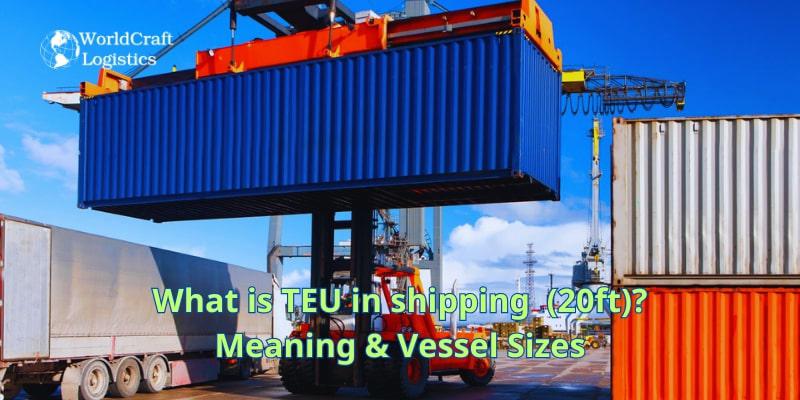
Discover essential information about TEU in maritime transport in the following article by Worldcraft Logistics. Gain insights into data interpretation and TEU calculation methods to make informed decisions about selecting the right ship size.
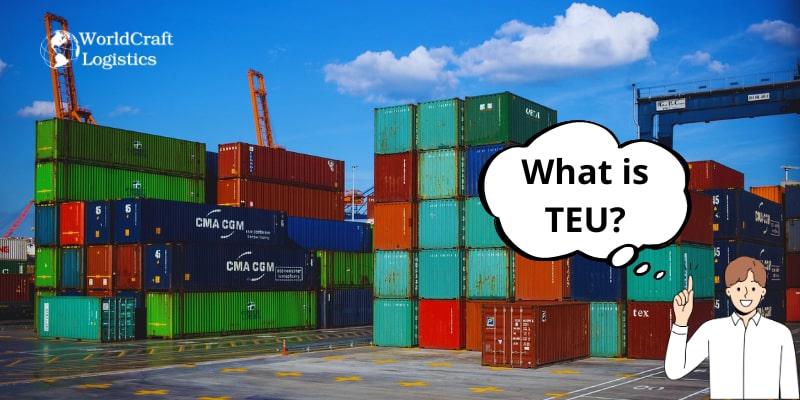
A TEU, which stands for twenty-foot equivalent unit, serves as the standard size for shipping containers and is the predominant type employed on cargo ships. Hence, TEUs are alternatively referred to as "unit loads" or "intermodal containers." These containers are 20 feet in length, 8 feet in width, and 8 feet in height. Their primary utility lies in quantifying a ship's capacity or the volume of cargo it can transport. For instance, a vessel carrying 3,000 TEUs is designated as having a capacity of 3,000 TEUs.
The term "TEU" is also employed to express the quantity of containers being loaded onto or unloaded from a ship simultaneously. To illustrate, if a ship is loaded with 1,000 20-foot containers, the cargo on board is denoted as 1,000 TEUs.
Some of our other articles are very useful for you:
👉 Delivered Duty Paid (DDP) Means in Shipping and Import
👉 What is drayage? Meaning, Types & Cost in Logistics
👉 Demurrage and Detention: Understanding the Critical Differences
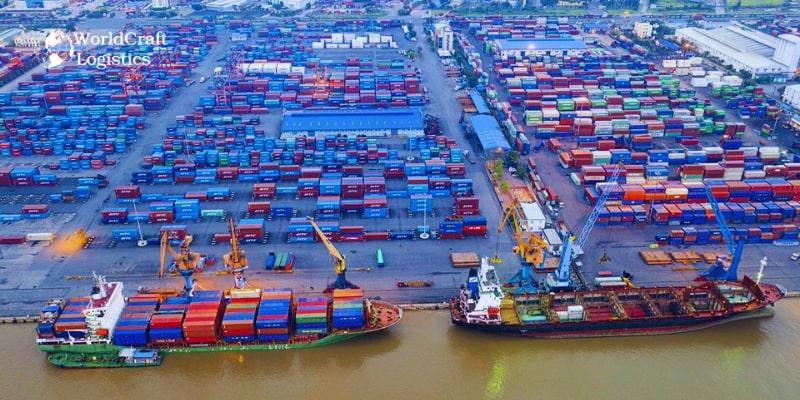
Here are various vessel sizes categorized by T.E.U:
🚢 Small Feeder: With a carrying capacity of 300 TEUs.
🚢 Feeder: Vessels with a capacity of less than 500 TEUs.
🚢 Feedermax: Vessels with a capacity ranging from 500 to 999 TEUs.
🚢 Panamax Vessels: Vessels with a capacity exceeding 3,000 TEUs.
🚢 Post-Panamax Vessels: Vessels with a capacity ranging from 3,000 to 7,999 TEUs. Others fall within the range of 8,000 to 9,999 TEUs.
🚢 Super Post-Panamax: Vessels with a capacity surpassing 10,000 TEUs.
To determine TEU, it is essential to be aware of both the size and quantity of containers in use. The two most common container sizes are 20 feet and 40 feet. Although the 20ft dry container often serves as the standard for measuring cargo capacity, the shipping industry offers a diverse array of container types, each designed for specific purposes. Let's explore some of these container variants below.
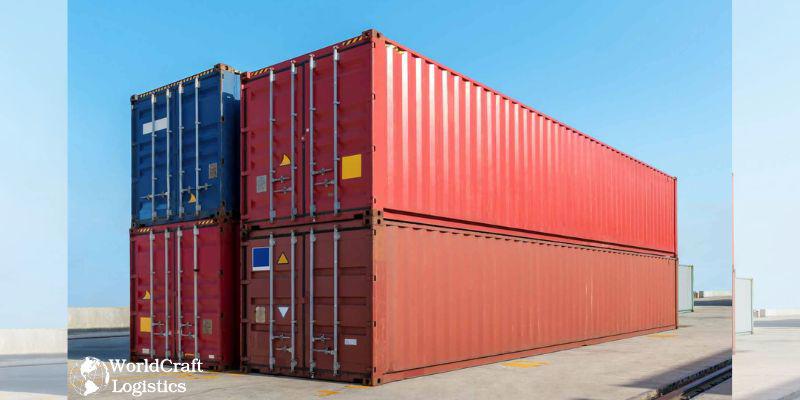
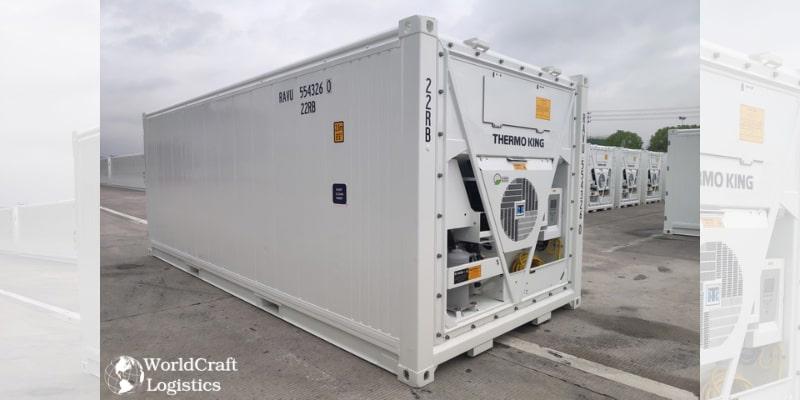
Reefer containers, also known as refrigerated containers, are employed for transporting temperature-sensitive goods such as dairy and meat. Equipped with specialized cooling systems, they can maintain temperatures ranging from 30 to -30 degrees Celsius.
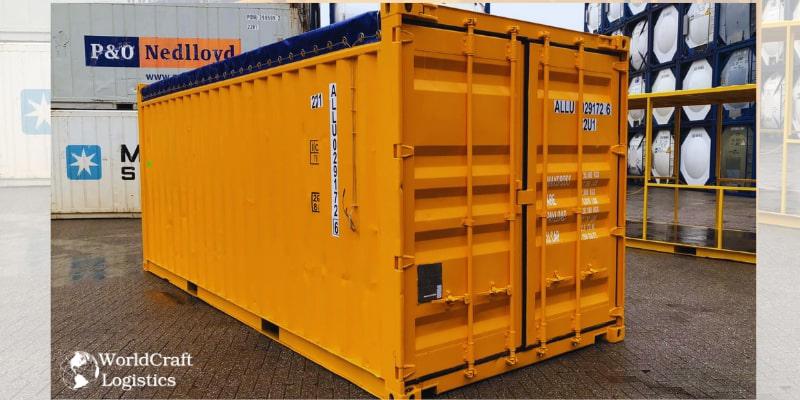
Open top containers lack a roof and are ideal for accommodating over-height cargo. Instead of a conventional roof, a tarpaulin sheet is utilized to shield the cargo from external elements.
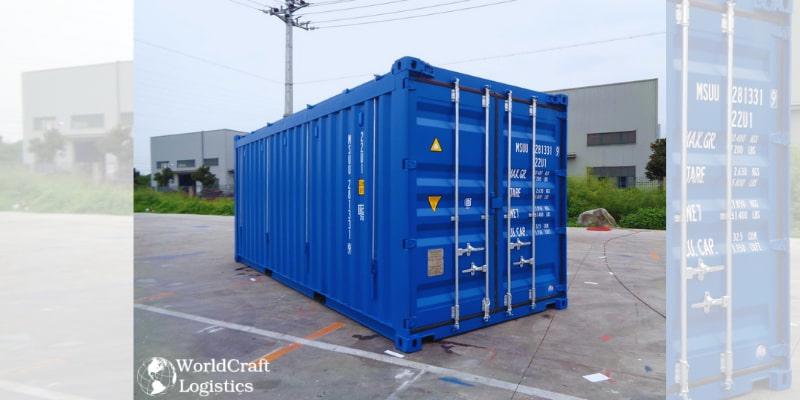
Hard top containers feature a sturdy, detachable steel roof and are specifically designed to transport large construction materials, machinery, and other tall cargo items.
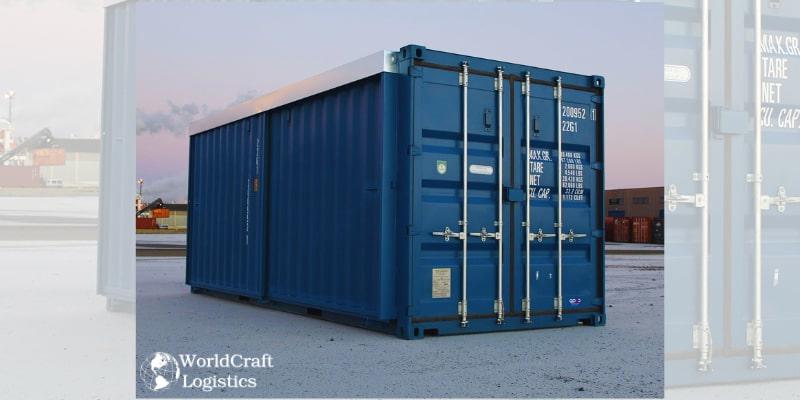
A 20ft side door container is equipped with additional doors along one of its longer sides, streamlining the loading and unloading process for oddly-shaped and large items.
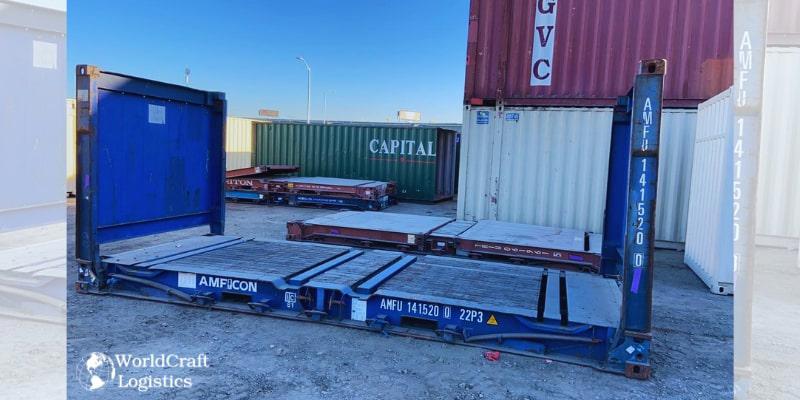
Flat-rack containers lack roofs or walls on their longer sides, making them well-suited for transporting large, unwieldy, and over-height cargo of various types. Cargo is secured to this container type using lashing rings.
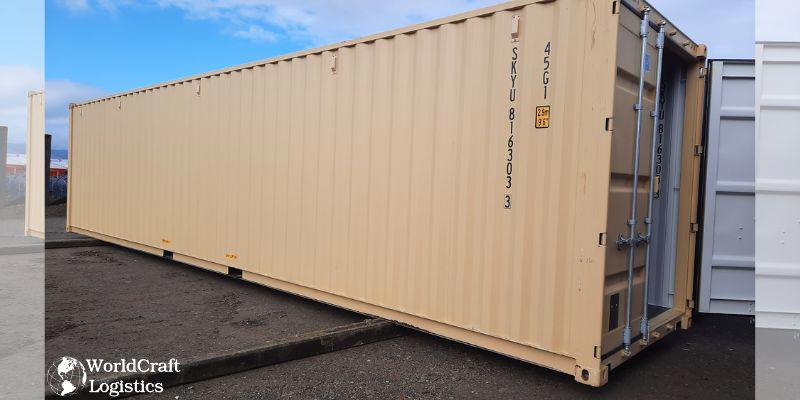
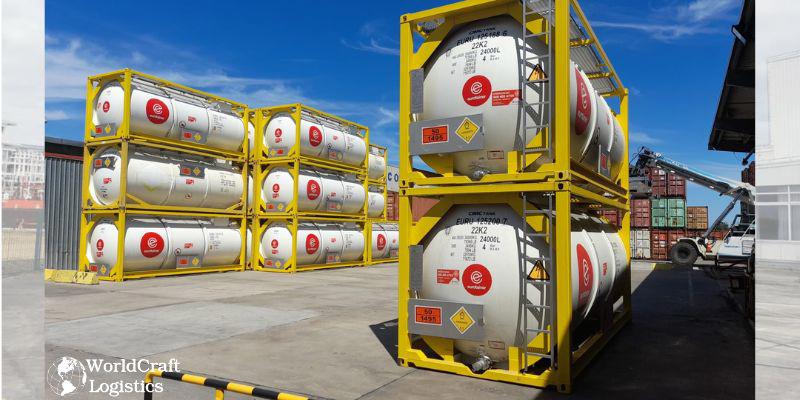
20-foot Tank Container used for transporting liquids, gases, and powders in bulk. These containers are made of strong steel or other anti-corrosive materials to withstand the stresses of transportation.
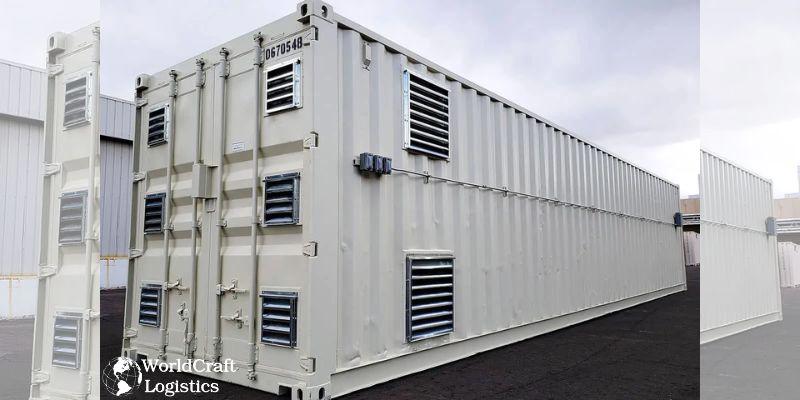
20-foot Ventilated Container used for cargo that requires ventilation, such as coffee beans or other products that need air circulation.
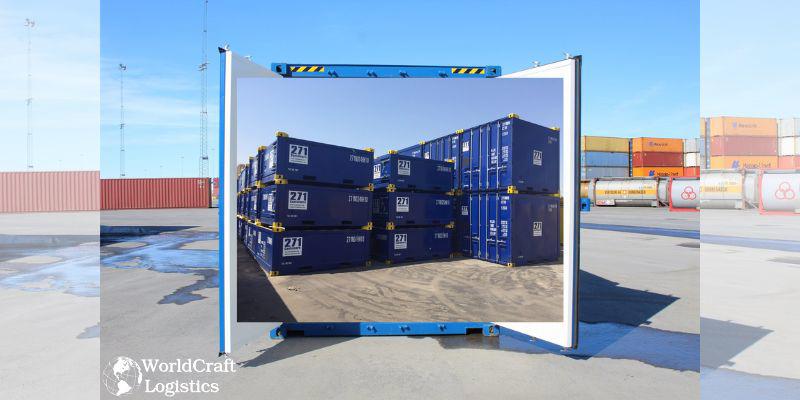
20-foot Insulated Container similar to reefers but without the refrigeration unit. They are used for goods that need to be kept at a steady temperature.
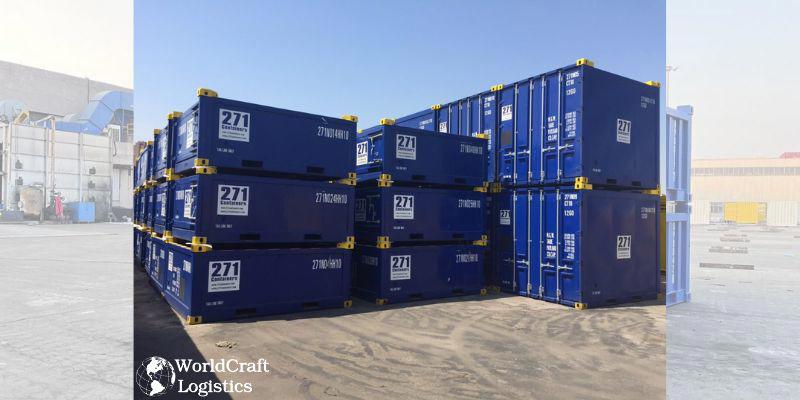
20-foot Half-Height Container used for heavy, dense cargo such as ore or heavy machinery parts, providing easier loading and unloading.
To determine TEU (Twenty-foot Equivalent Unit), it's crucial to have information on the container sizes and their respective quantities. The standard container sizes typically used are 20 feet (referred to as a 20-foot container) and 40 feet (referred to as a 40-foot container).
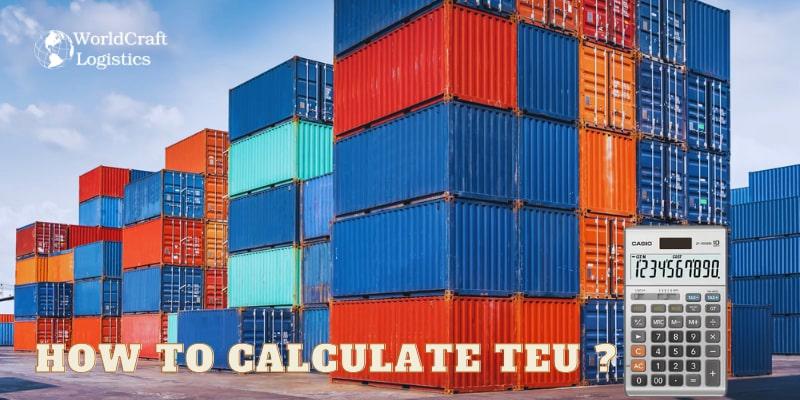
The following steps outline how to calculate TEU effectively:
🔎 Identify Container Sizes: Standard containers come in 20 feet (1 TEU) or 40 feet (2 TEU) variations.
🔎 Count the Number of Each Container Size: Tally the quantity of 20-foot containers (equivalent to 1 TEU) and 40-foot containers (equivalent to 2 TEU) you possess.
🔎 Calculate TEU: Multiply the count of 20-foot containers by 1 (each contributing 1 TEU) and the count of 40-foot containers by 2 (each contributing 2 TEU). Sum the results from both calculations to obtain the total TEU.
*For example: Let's say you have a container with the following dimensions:
Length: 40 feet, Width: 8 feet, Height: 8.5 feet
To calculate the TEU, you need to normalize these dimensions to the equivalent of a 20-foot container. So, for a 40-foot container, the TEU would be:
TEU = (Length / 20) * (Width / 8) * (Height / 8.5)
TEU = (40 / 20) * (8 / 8) * (8.5 / 8.5)
TEU = 2 * 1 * 1
TEU = 2
So, the TEU of a 40-foot container is 2.
You can apply the same formula to calculate the TEU for containers of different sizes. Just divide the length, width, and height by their respective standard values for a 20-foot container.
Now that you have a thorough understanding of the process, you may calculate TEU by carefully going over the various types in the preceding section and using the formula to get precise results for yourself. In addition, you also need to immediately see the instructions for calculating accurate cubic feet for shipping for your shipments, especially for beginners.
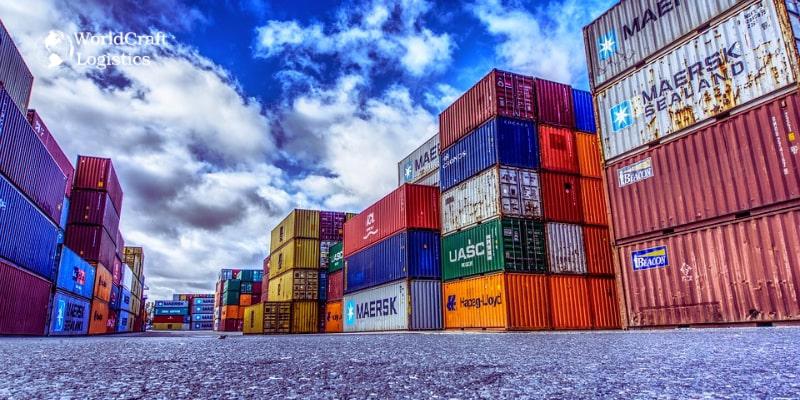
We've discussed the role of TEU containers in standardizing the shipping industry. Now, let's delve into their practical applications at ports and terminals.
✔️ Capacity Planning: The TEU system facilitates effective capacity planning at shipping ports and terminals. Standard container measurements empower port authorities and operators to assess the required machinery, infrastructure, and personnel based on cargo capacity.
✔️ Cargo Stowage and Optimization: TEUs enhance efficiency in ship stowage and terminal storage. The uniform sizes of containers allow for systematic stacking, maximizing space utilization and minimizing the risk of damage. This, in turn, ensures safer cargo handling.
✔️ Intermodal Coordination: TEUs enable seamless cargo transitions between different modes of transport. Containers can move between trucks, trains, and ships without the need for unloading, resulting in time and cost savings.
✔️ Data Tracking and Planning: TEU data simplifies cargo volume tracking over specific periods. Port authorities and industry stakeholders can identify trends, facilitating strategic planning for the expansion and enhancement of shipping operations.
✔️ Documentation and Customs Clearance: TEUs streamline customs procedures and shipping document handling. Standard container sizes simplify inspections and paperwork processing, improving overall process flow, reducing delays, and benefiting stakeholders economically – a win-win situation!

TEUs are a common metric for quantifying and classifying shipping vessels. Major industry players often own vessels exceeding 14,500 TEUs in carrying capacity, while smaller feeder vessels are designed for 1,000 TEU containers or fewer.
In contemporary maritime operations, a prevalent vessel type is the Post-Panamax, boasting a TEU capacity ranging from 5,000 to 10,000. These vessels vary in length from 820ft to 984ft (250m to 299m). Another noteworthy category is the Neo-Panamax, capable of accommodating up to 14,500 TEUs.
Among the regularly employed vessel types are Ultra Large Container Vessels (ULCVs), characterized by lengths of up to 300m (984ft) and a TEU capacity exceeding 14,000. The MSC Irina, the largest container ship entering service in 2023 under the Liberian Flag, has an impressive capacity of 24,346 TEUs.
Beyond the Post-Panamax and ULCV, the industry encompasses smaller feeder ships (1,000 to 2,000 TEUs), Feedermax vessels (2,000 to 3,000 TEUs), and Panamax vessels (3,000 to 5,000 TEUs).
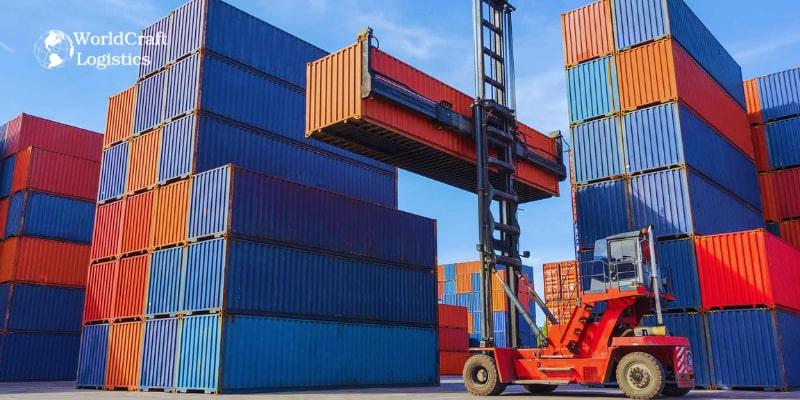
In the shipping industry, a standard Twenty-foot Equivalent Unit (TEU) measures 20ft (6.1m) in length, 8ft (2.4m) in width, and 8ft (2.4m) in height. Its larger counterpart, the Forty-foot Equivalent Unit (FEU), is double the size, measuring 40ft (12.2m) in length, 8ft (2.4m) in width, and 8ft (2.4m) in height. Essentially, the FEU is akin to the older sibling of the 20ft container, boasting twice the cargo capacity. It's noteworthy that acquiring a single 40ft container is often more cost-effective than purchasing two 20ft units.
The terms TEU and FEU are employed to indicate cargo capacity. For instance, if a shipment comprises two 20ft containers and one 40ft container, it is classified as four TEUs or two FEUs in total.
A TEU, or 'Twenty-foot Equivalent Unit,' is the standardized measurement unit in the shipping industry for gauging the capacity of container ships and terminals.
When converting TEUs to tons, it is important to consider that a TEU measures volume, not weight. Therefore, the weight in tons can vary depending on the density and type of cargo being carried. However, there are general estimates for the average weight capacity of a TEU:
In summary, while a TEU can carry up to 21.7 tons of cargo, the average cargo weight is typically around 10-11 tons. The specific weight can vary depending on the cargo's density and type.
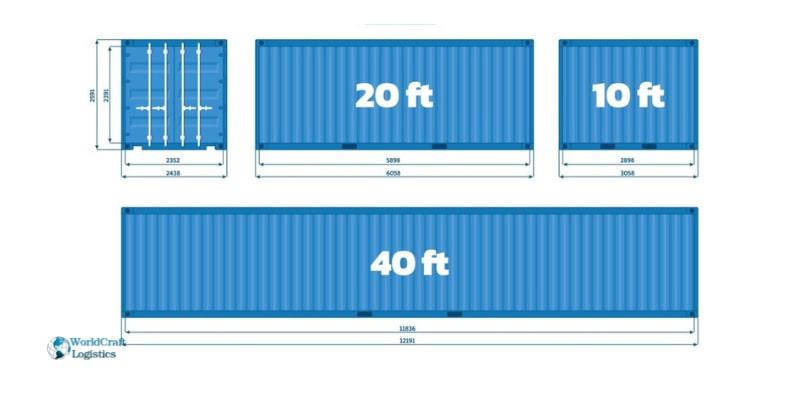
A TEU container is a standard 20ft dry shipping container, measuring approximately 20ft (6.1m) in length, 8ft (2.4m) in width, and 8ft (2.4m) in height.
To calculate the TEU of a container, measure its length (e.g., for a 40ft container, it would be 40ft or 12.2m). Divide the length by the standard length of a TEU container (20ft): 40ft ÷ 20ft = 2. The result signifies the number of TEUs equivalent to the container. In this example, a 40ft container is equal to two TEUs.
The shipping company with the largest TEU (twenty-foot equivalent unit) volume is Mediterranean Shipping Company (MSC). As of early 2024, MSC boasts a fleet capacity exceeding 5 million TEUs, solidifying its position as the world's largest container shipping line. This significant capacity allows MSC to handle a substantial portion of global container traffic.
To schedule your consignment on a container ship, it is crucial to comprehend TEU. See Worldcraft Logistics's dedicated website on booking ocean freight for further information on how to book ocean freight and make sure you get the most out of your container space.
In need of assistance? Speak with one of our specialists to make sure you don't overlook any crucial paperwork when importing.
SEO
Digital Marketing/SEO Specialist
Simon Mang is an SEO and Digital Marketing expert at Wordcraft Logistics. With many years of experience in the field of digital marketing, he has shaped and built strategies to effectively promote Wordcraft Logistics' online presence. With a deep understanding of the logistics industry, I have shared more than 500 specialized articles on many different topics.

Education
01/05/2025

Education
02/18/2025

Education
01/01/2024

Education
08/28/2024

Education
11/13/2023